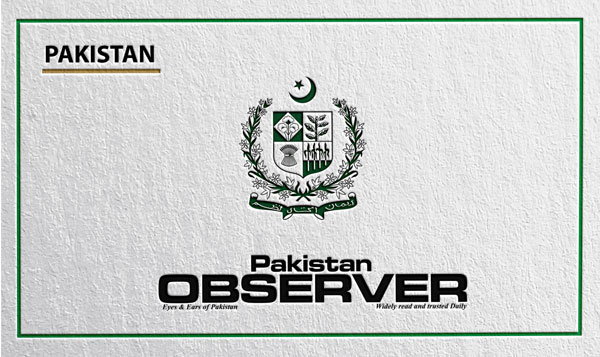The ‘Disaster Management Information System’ (DMIS) has been launched in Khyber Pakhtunkhwa to ensure quick access of disaster management authorities to accurate actionable information and better handling of disasters with modern management skills to minimize losses to human lives as well as infrastructures to much extent.
The system is the result of extensive collaboration and working between the International Rescue Committee (IRC) and the Provincial Disaster Management Authority (PDMA) KP keeping in view the challenges encountered with information management previously.
While speaking at the concluding day of a two-day comprehensive training arranged by the IRC for 52 PDMA field assistants and divisional reporting officers from across the province, Director General PDMA-KP, Sharif Hussain explained that the DMIS system is developed as per geographic contextual needs and it entails comprehensive modules on incident reporting, relief management, monitoring of water levels in rivers, integration of weather updates with MET office and camp management information.
He further explained that the key innovation under the DMIS is the GIS component which will enable PDMA to plot all the incidences on a map and generate a daily situation report. “This information will support relief organizations in planning and implementation of humanitarian response. Moreover, the system can record public grievances, which is routed to the concerned district administration for corrective actions,” the DG said.
Sharif Hussain said that these modules are designed holistically to address a pre and post scenario where the DMIS serves as an early warning system and in the aftermath of disaster provides timely information for a speedy coordinated response based on real time information. The system is cognizant of the challenges faced in supply chain and therefore a module is in place to issue automated supplies based on the inputs from respective districts.
In her remarks on the occasion, Country Director IRC-Pakistan, Shabnam Baloch, said that the IRC is collaborating with the National Disaster Management Authority (NDMA) at the national level as well. Such collaboration will pave way for policymakers and humanitarian agencies to make informed decisions during the phases of relief, early recovery and rehabilitation of populations that are impacted by calamities.
She explained, “Pakistan is particularly vulnerable to climate shocks but has little capacity to invest in preventative infrastructure. It is imperative that these initiatives are scaled up and resources are allocated towards a climate resilient Pakistan”.
The two-day IRC training for PDMA field assistants and divisional reporting officers from across the province was aimed at providing hands-on training to these officials along with supplementary resources for DMIS. It will play an important role in capacity building towards furnishing as well as disseminating the accurate and latest information to all relevant organizations. Pakistan faces some of the highest disaster risk levels in the world. This risk is driven particularly by the nation’s exposure to earthquakes and high exposure to flooding and some exposure to tropical cyclones and their associated hazards, and drought.










